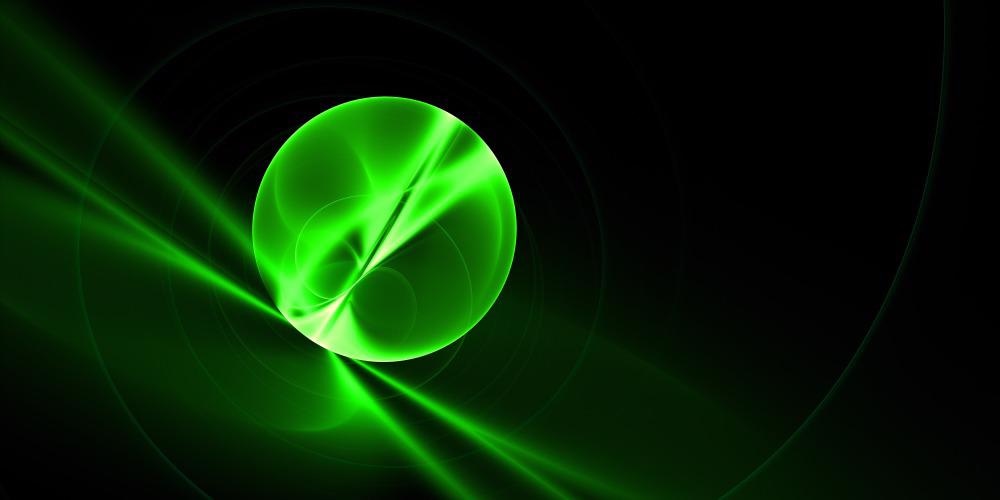Quarks and gluons were confined fast to neutrons and protons in the initial phase of the universe. The neutrons and protons then formed atoms. Particle accelerators have now reached increasingly higher energy levels, offering the chance to investigate this fleeting primordial state of matter.

Image Credit: Zita/Shutterstock.com
Quark-Gluon Plasma (QGP) is a state of matter that lasted only for a very short period at the start of the universe. Such particles were rapidly piled up to develop the protons and neutrons that constitute all the matter that exists around them. Physicists who operate the most robust particle accelerators in the world face the challenge of comprehending this primordial state of matter.
A new special edition of EPJ ST titled “Quark-Gluon Plasma and Heavy-Ion Phenomenology” edited by Munshi G. Mustafa, Saha Institute of Nuclear Physics, Kolkata, India, has brought together seven papers that describe the QGP and the processes that converted it into the baryonic matter that exists around.
Quark-Gluon Plasma is the strongly interacting deconfined matter which existed only briefly in the early universe, a few microseconds after the Big Bang. The discovery and characterization of the properties of QGP remain some of the best orchestrated international efforts in modern nuclear physics.
Munshi G. Mustafa, Theory Division, Saha Institute of Nuclear Physics
Mustafa emphasizes that Heavy Ion Phenomenology is a highly reliable tool for finding out the QGP properties and its evolution and cooling dynamics.
Optimizations at colliders like the Large Hadron Collider (LHC) and the Relativistic Heavy Ion Collider (RHIC) have radically enhanced the energy levels achieved by heavy nuclei collisions at near-light speeds, making them analogous to those of the infant Universe.
Besides this, forthcoming experiments at the Facility for Antiproton and Ion Research (FAIR) and at the Nuclotron-based Ion Collider fAcility (NICA) will produce a great deal of data on QGP and the conditions in the early Universe.
This collection is so timely as it calls for a better theoretical understanding of particle properties of hot and dense deconfined matter, which reflect both static and dynamical properties of QGP.
Munshi G. Mustafa, Theory Division, Saha Institute of Nuclear Physics
“This improved theoretical understanding of Quark-Gluon Plasma and Heavy Ion Phenomenology is essential for uncovering the properties of the putative QGP which occupied the entire universe, a few microseconds after Big Bang,” added Mustafa.
Mustafa notes that such an in-depth insight on this study must pave the way to comprehend the equation of state of this powerfully interacting matter and set up the platform to examine the theory of quark-hadron transition and the possible thermalization of the QGP. Thus, this could help people comprehend the steps that led from QGP to the baryonic matter that exists around.
The quarks and gluons which formed the neutrons and protons were confined into them, a few microseconds after the Big Bang. This is the first time when we have seen them being liberated from their eternal confinement!
Munshi G. Mustafa, Theory Division, Saha Institute of Nuclear Physics
Journal Reference:
Mustafa, M. G., (2021) Quark-Gluon plasma and heavy-ion phenomenology. The European Physical Journal Special Topics. doi.org/10.1140/epjs/s11734-021-00018-y.